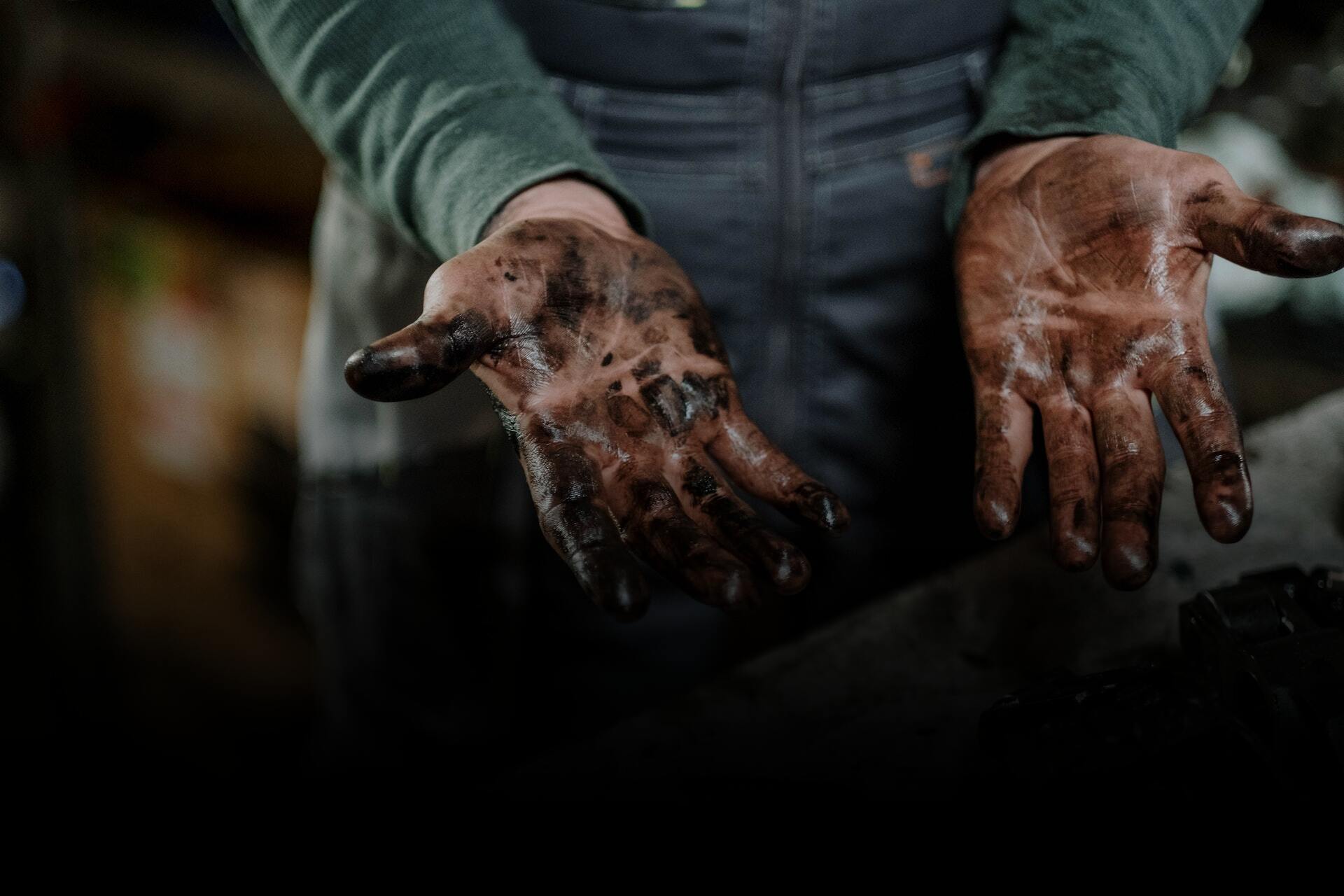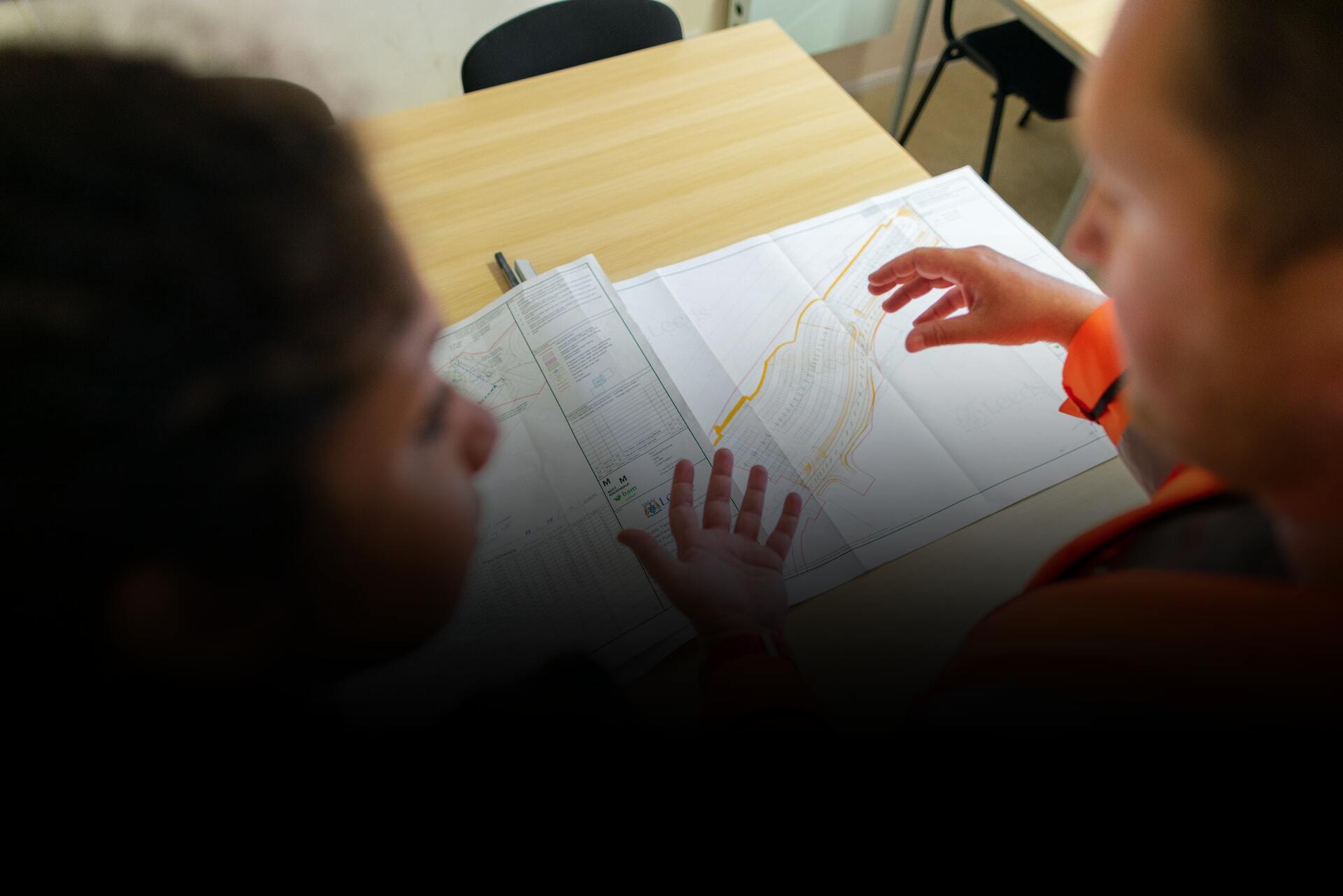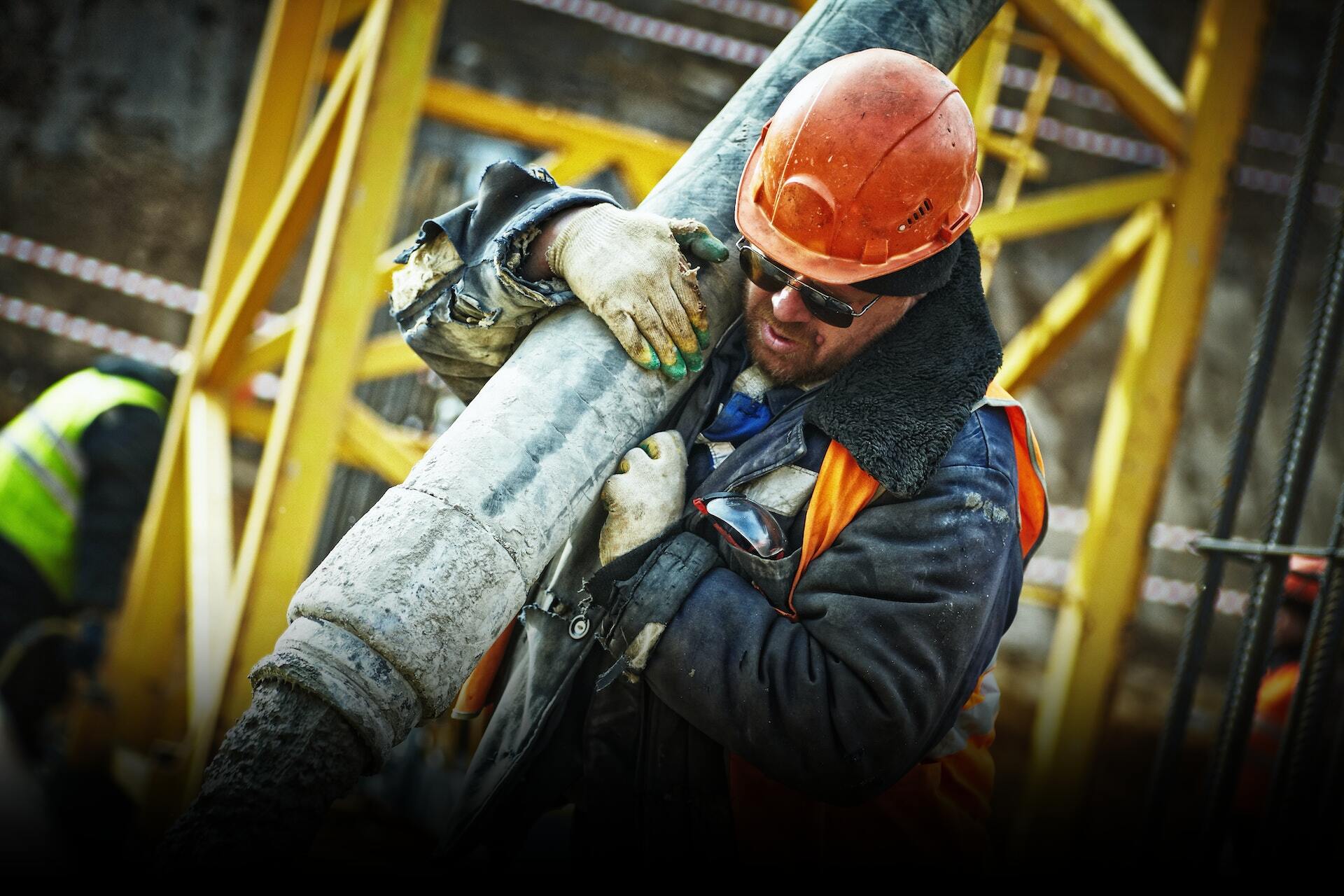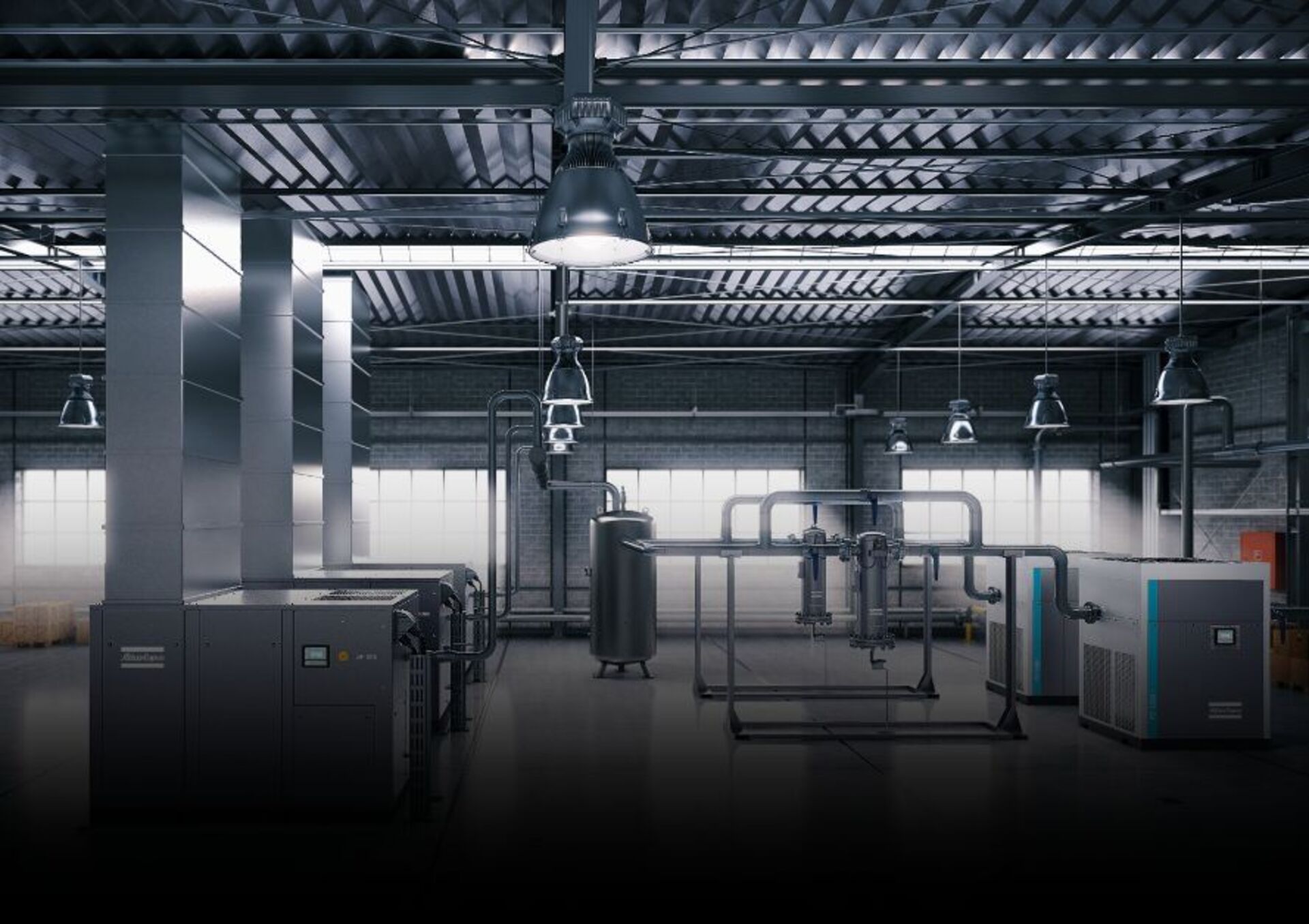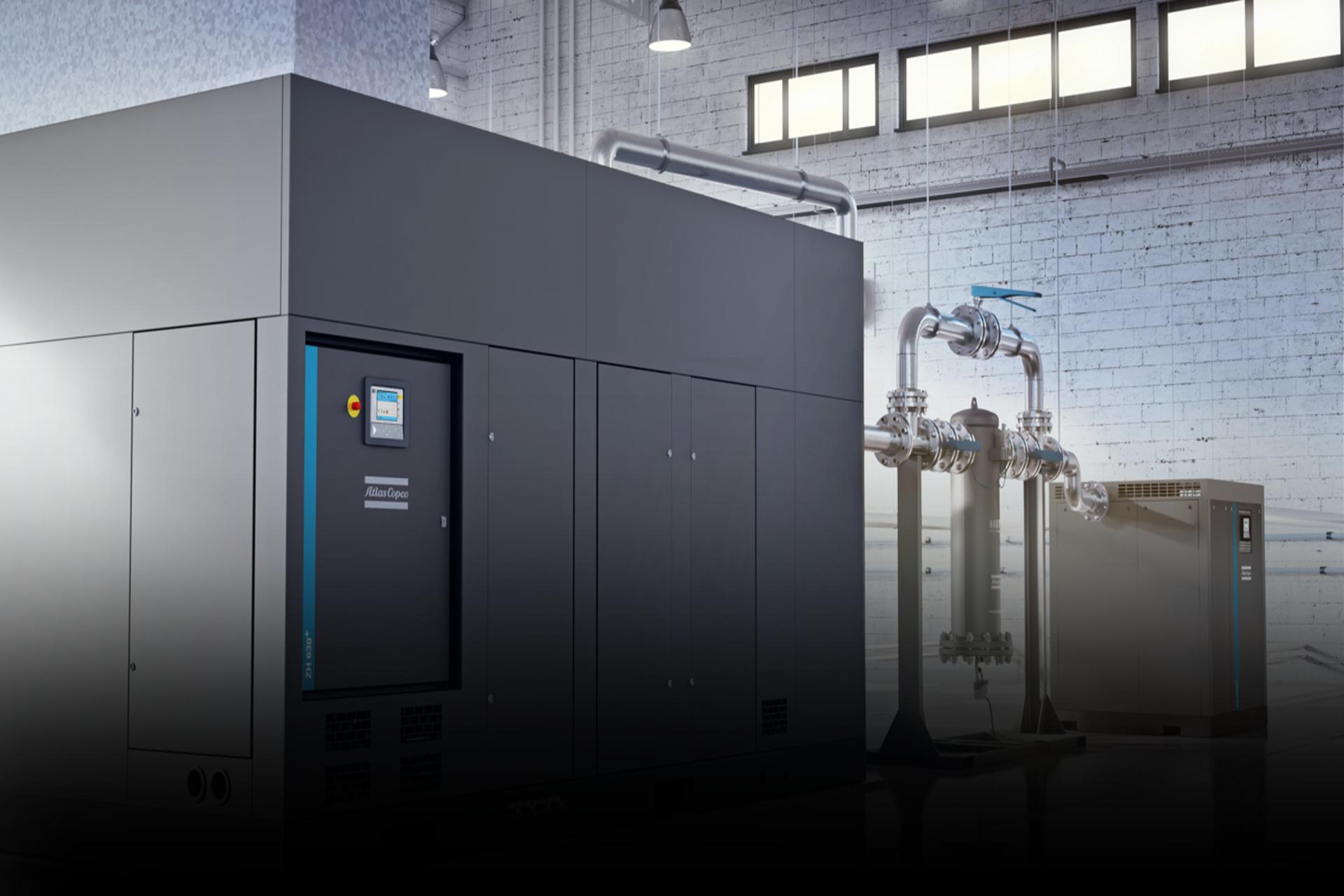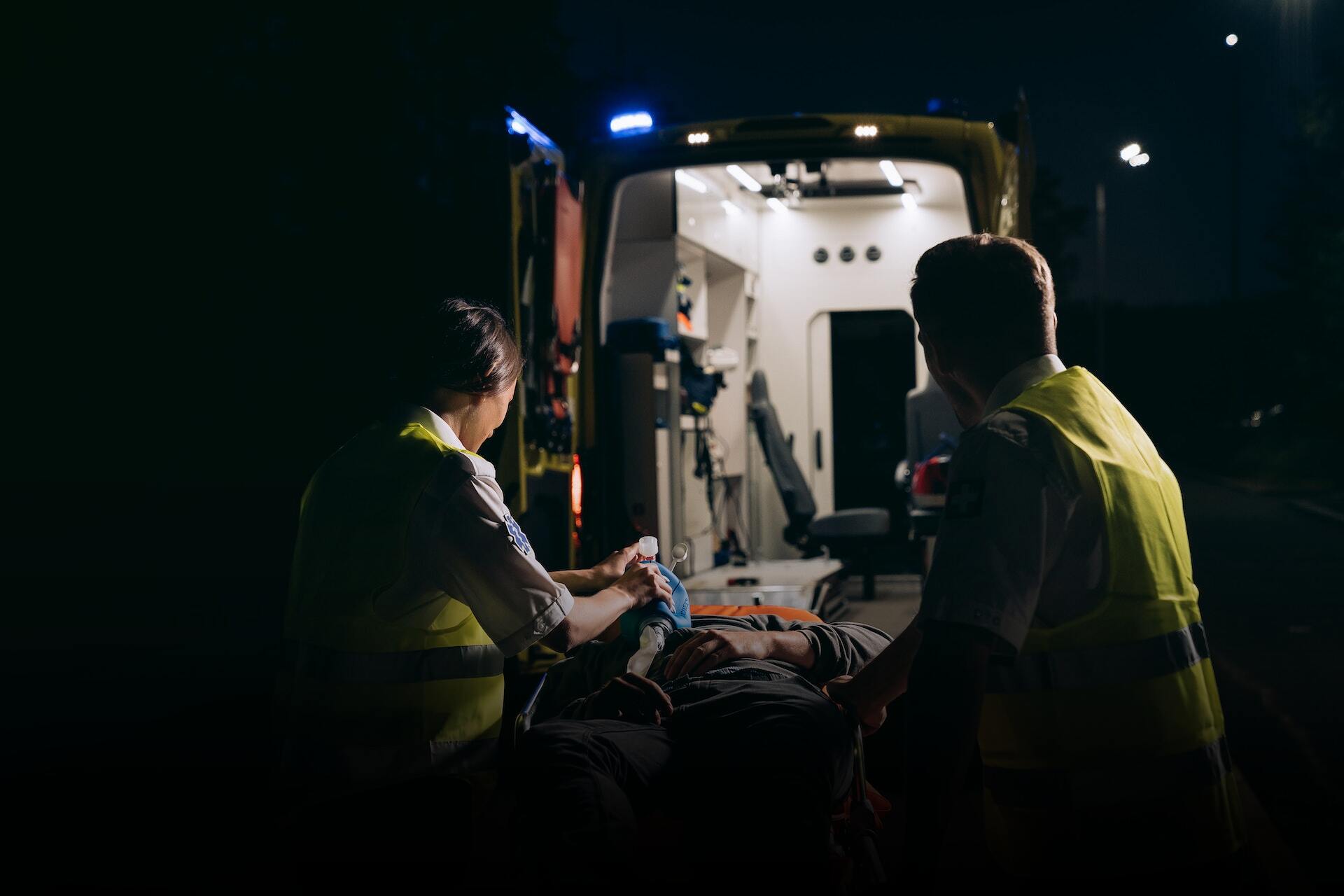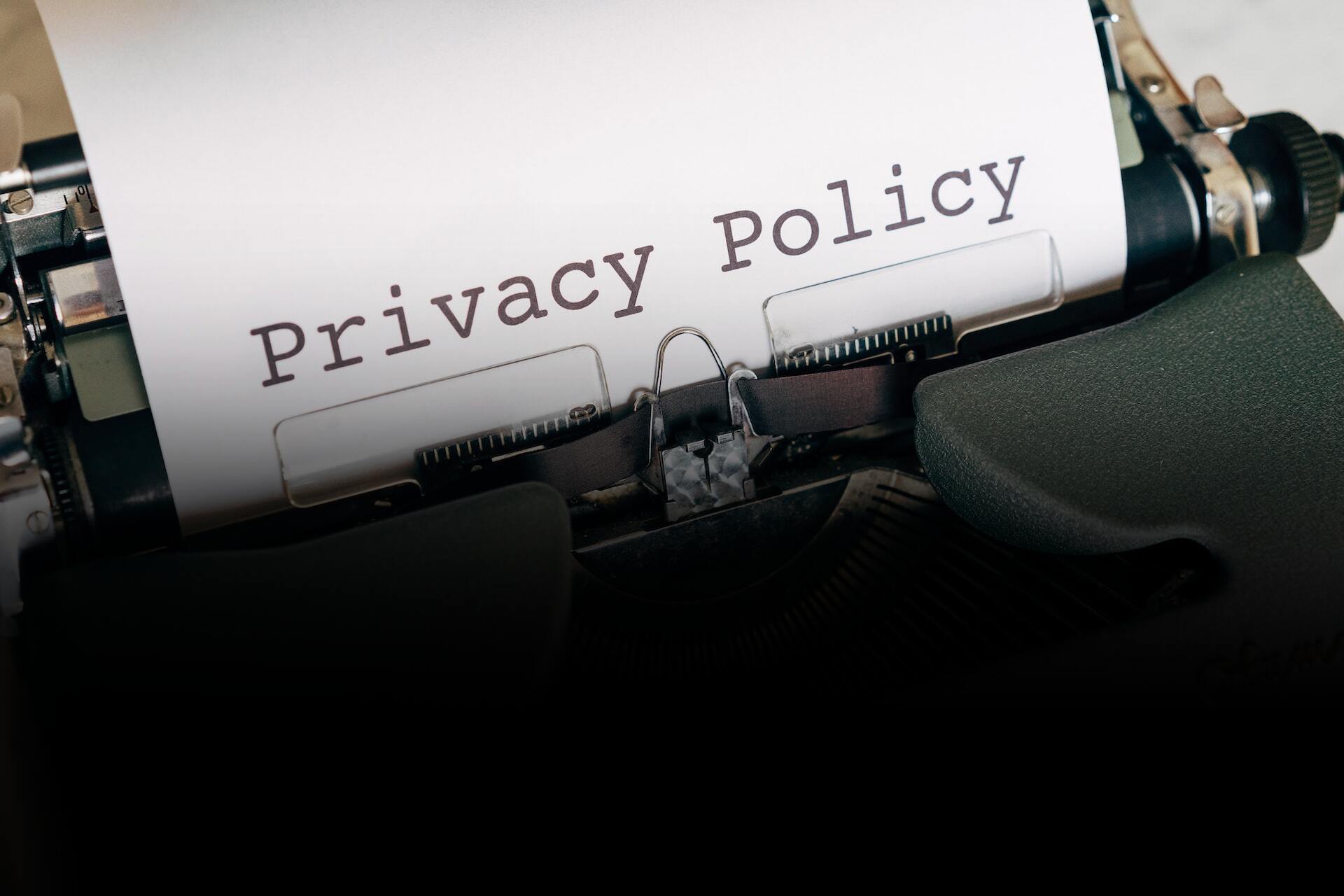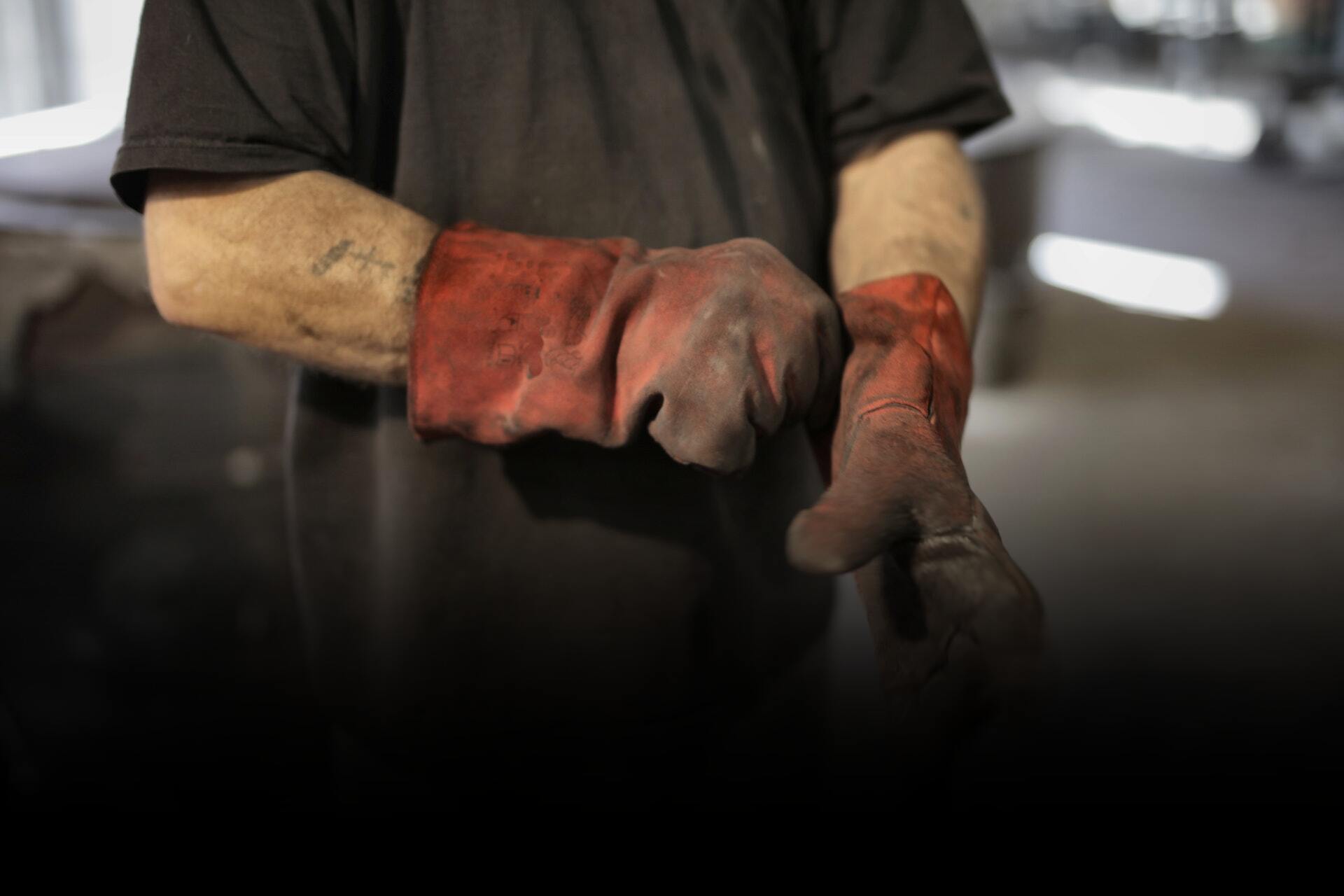
The control of health risks has principles that are similar to those for safety risks. Operations, tasks, and activities have a direct influence on workers’ health, making a connection with bad health effects; however, this direct link between employee ill-health is less obvious than in the case of accidents. Also, on contrary to safety risks, the result of daily exposure to skin risks may not manifest itself for months, years and, in some cases, decades till becoming Irreversible, therefore, essential to develop a preventative strategy to identify and control risks before anyone is exposed to them
Forms of Hazardous Substances to Skin
Dust
Fibers
Gases
Liquids
Read "Methods of Skin Care and Protection at Work Pt.1"
Hazardous Material’s Sources of Information

The safest and most effective of the control measures usually means changing the process completely, however, commonly not reasonably practicable.
Giving details of hazardous substances regarding the name, chemical composition and properties of the substance, the nature of the health hazards and any relevant exposure limit (WEL), flammability, control measures and personal protective equipment, first-aid and fire-fighting measures, and handling, storage, transport, and disposal information.
Hierarchy of Control Measures
Regulations require the prevention or adequate control of exposure by measures other than PPE. It may include one or a combination of the following:
Elimination Of The Substance
The safest and most effective of the control measures usually means changing the process completely, however, commonly not reasonably practicable.
Substitution Of The Substance
Also, very safe and effective by substituting a less hazardous substance, less concentrated products, replacing solvent-based products with water-based ones, and using granulated or liquid formulations rather than powders to reduce the spread of dust.
Engineering Controls
Very effective to control skin contact; for example, segregation from the hazard is the simplest, most efficient, and chemical fumes closet for storing or handling toxic substances. More common methods are effective, like local exhaust ventilation and dilution ventilation

Safe Working Distance
The greater the distance between the worker and the source of hazardous material, the less likelihood of contacting it. For example, automated handling systems, long-handled tools, and equipment provide perfect solutions rather than using bare hands.
Supervisory Or People Controls
Include systems of work, effective communications, training arrangements and procedures, reduce time of exposure as much as possible, reduce number of workers, locate dining rooms, routes and walkways and away from hazardous substances area, assign competent supervisors to observe work process and using PPEs
Provide PPEs To Protect The Skin
Aprons, gloves, and arm shields can provide protection to the body, hands, and skin from hazardous substances and chemicals, including paints and solvents. Meanwhile, welders need to keep their skin covered for protection. It is the employer’s duty to:
-
- Provide employees with adequate and comprehensible information, instruction and training on the PPE
- Ensure it remains in a suitable condition.
- Ensure that any PPE is suitably maintained
- Provide storage facilities as necessary.
10 fingers. 10 toes, If you are not safe Who knows?
– Safety Advisor
The Skin Care
Barrier creams are considered an effective form of skin protection, help maintain a stable and adequately hydrated barrier layer, so the skin remains in good condition and retains its protective role. Come in many forms
Pre-work creams
Provide a barrier between the hazardous substance and the skin.
After-work creams
Moisturizers that replace the natural skin oils removed either by solvents or by washing.
Moisturizers
Cream, lotion or ointment all help to replace moisture and temporarily restore the barrier effect of the skin
Skin cleansers
A suitable cleanser will remove most of a particular contaminant without causing unacceptable damage to the skin
Health Surveillance
Health surveillance enables the identification of those employees most at risk from skin damage on their hands by a medical doctor. Furthermore, you can identify it at an early stage in order to take any corrective action needed.
Personal Hygiene
It is important for workers exposed to hazardous substances to wash their hands thoroughly before eating, drinking, or smoking. Protect skin, especially against biological hazards, and contaminated clothing and overalls, need to be removed and cleaned on a regular basis.
Other Control Measures
- Assess the condition of a new employee’s skin before they start work
- Periodically check employees’ skin for the early signs of skin disease
- Keep records securely
- Tell the employer the outcome of these checks, so
- They can review their control measures and risk assessment;
- Advise the employer to seek expert help on any skin disease outbreak
- Provide information and training about:
-
- The substances in their workplace that can cause skin disease;
- The types of skin diseases
- Early signs of those diseases look like
- How exposure happens through handling and use.
- Existing controls and the consequences of any shortcomings.



















